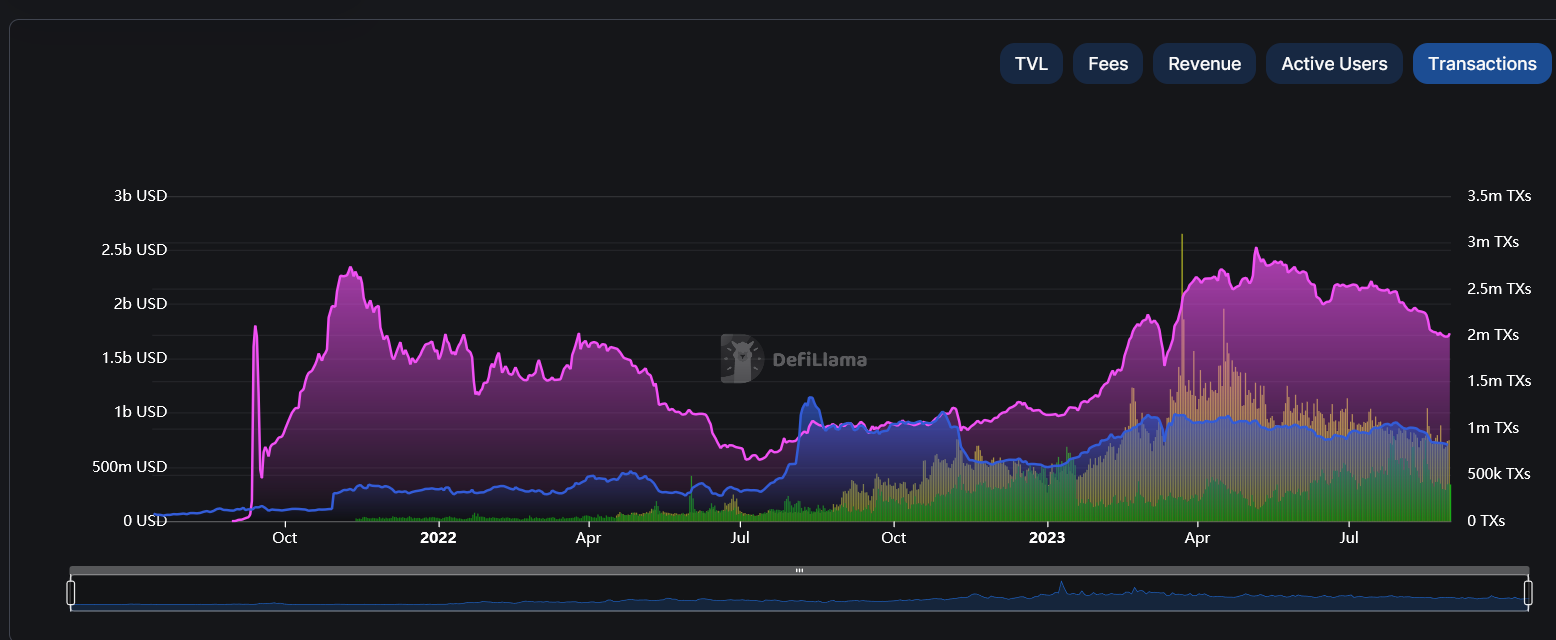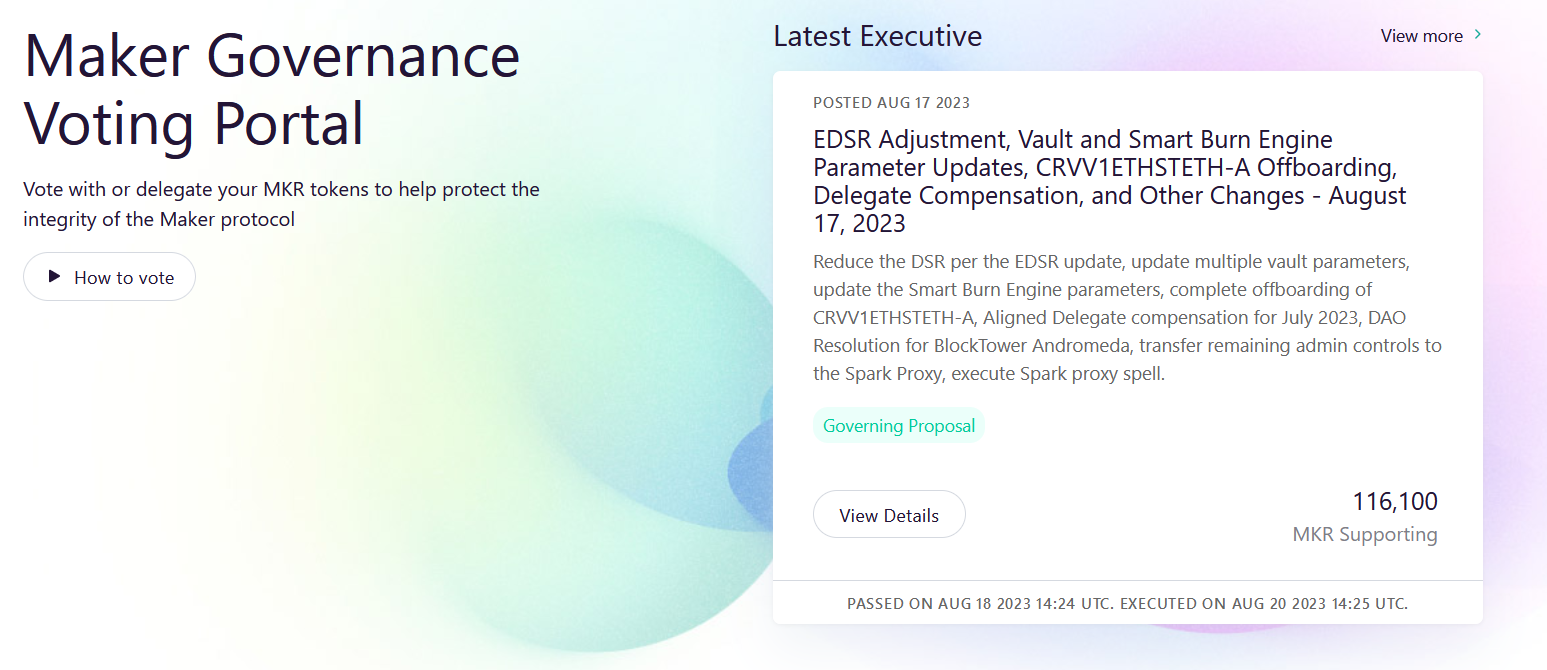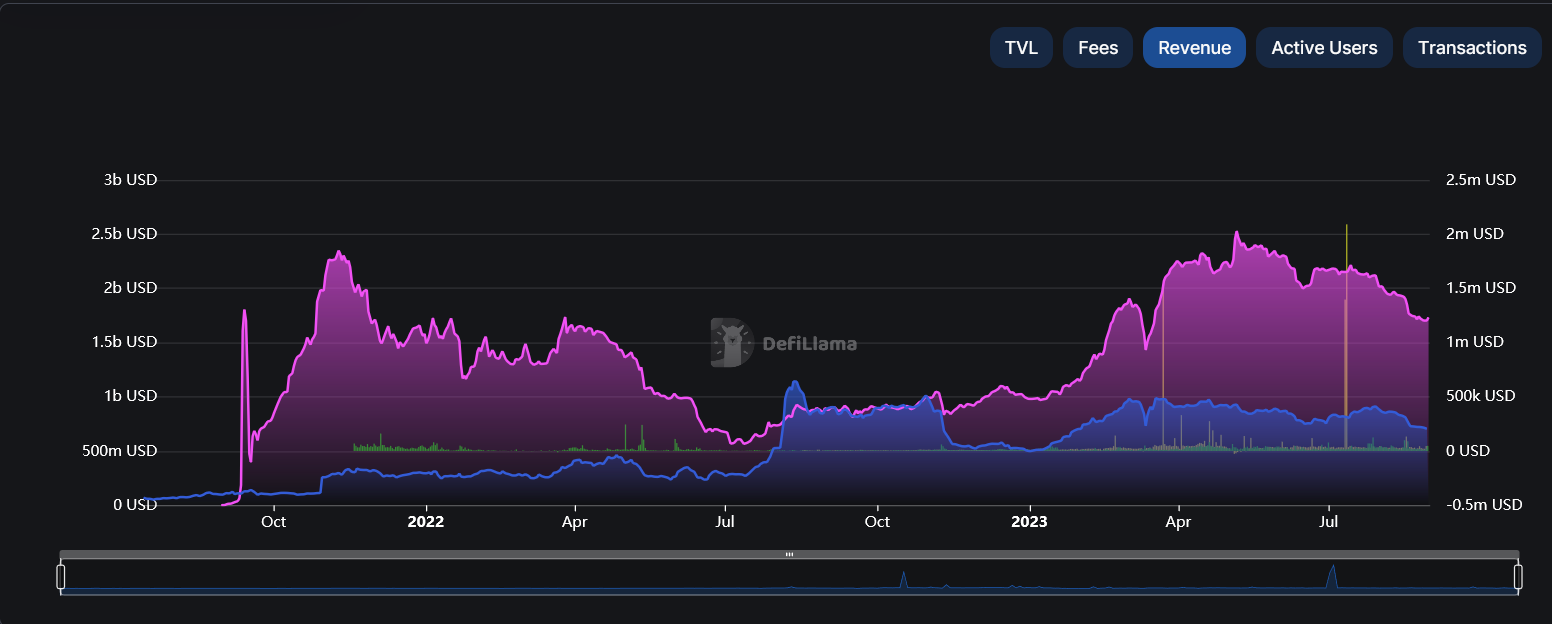Understanding blockchain projects is crucial for making informed investment decisions. Where traditional financial analysis methods fail to provide the necessary insights, on-chain reports in cryptocurrency are thought to be a better way to shed light into a crypto project’s true potential.
Using on-chain reporting, we can determine if a project is undervalued, identify signs of promising trading opportunities, and even uncover the presence of scams. In this beginner’s guide, we’ll introduce you to the concept of on-chain reporting, and talk about how to do it, and what to look for.
Things to consider for on-chain reports in cryptocurrency
The blockchain is transparent, which means there’s a wealth of information waiting to be extracted. The key areas to identify are Transactions, Governance, Staking. We’ll run down the essential metrics of all three areas in this section.
Transactions
The blockchain is designed to provide a way for strangers to transfer value with each other, without intermediaries. So, naturally if we see transaction volume rises, two possible things are happening. First, the blockchain is being used by more and more people to make basic transactions. And two, the blockchain is being used by programmers to build apps and operate smart contracts, which again means that more people have begun using the network.
Not every project has a token, or is a blockchain network. Some are decentralized apps, so we can look at the token velocity. Token velocity refers to how often tokens change hands. If the token is being held for longer periods, it could indicate strong hodler sentiment and a potential for long-term value. However, if not enough tokens are changing hands, and/or the tokens are passively sitting in an account, not being staked for passive earnings, that could be a red flag.
If the project operates across multiple blockchains or has bridging mechanisms, assess the activity and value locked across these different chains. Gone are the days of siloed crypto networks. The next generation of crypto networks are going to allow users to jump between networks. While some may prefer “exclusivity” of the blockchain, generally this is not a good way to gain a healthy rate of adoption.
Think of it this way. Those who set up shop and developed apps on the new crypto network are unlikely to bridge out of the network as they’ve invested time and money to be on that chain. Meanwhile, users who have gotten used to using other networks, may want to bridge over to this new chain to try out new opportunities. In this case, bridging is a net positive for the network.

Governance
Whether you are talking about a blockchain network or a particular app, governance is the key to having an ever evolving technology that can stand the test of time. Decentralized decision making based on on-chain governance can be tracked.
Now, many projects have claimed that they are decentralized enough to be free of “corporate control”. Fortunately, token distribution can be verified on-chain. You can easily tell who are the very people (or accounts) that own the majority of the tokens. An example of a well-distributed token is Bitcoin. The top 5 biggest Bitcoin holders only own less than 5% of the coins combined.
Furthermore, there are modern governance protocols that prevent large token holders from abusing their large holdings by freezing their assets prior to voting, and prevent borrowed governance tokens from being used.
Finally, in terms of governance, decision-making must also stem from well-rationalized proposals that have a lot of stake put into it. Network Upgrades and forks that are well thought out indicate that the project is consistently being improved. This also shows the proactiveness of the core development team and a commitment to the project’s long-term success.

Staking
In Proof of Stake networks, staking is a means to secure the network against attackers. However, staking can also refer to depositing crypto into a liquidity pool. The total value locked (TLV) can be a rough indication of a project’s value, particularly decentralized exchanges.
It’s easy to see the difference between crypto tokens that are idling and those that are actively “working” to contribute to the economic benefits of the network. Back to the token velocity example, if token velocity is low but staking is also low — that’s a big red flag.
This means a majority of HODLers don’t actually believe in the value of the project, and are keeping the tokens liquid. In the worst case scenario, they could be ready to dump their holdings when the project fails, and/or that the project is fraudulent.
Staking is also very closely related to token distribution. Oftentimes, a new project is not very decentralized. Token distribution in staking or mining rewards slowly over time balances the number of large holders with the small holders. Generally, the larger the staking reward, the higher the token inflation. This encourages long-term holding and further staking to beat inflation.

The takeaways
In conclusion, grasping the concepts of on-chain reporting is essential for informed investment decisions in the blockchain realm. Traditional financial analysis falls short here, while on-chain reporting offers insights into a project’s true potential.
This guide has introduced the significance of on-chain reporting, outlining how it helps assess transaction trends, governance structures, and staking activities. By analyzing these aspects, investors can uncover undervalued projects, promising trading opportunities, and potential scams.
Understanding transaction volumes and token velocity provides insights into user adoption and sentiment. On-chain governance reveals project decentralization and decision-making effectiveness, while staking activities reflect hodler belief and token economics.
In the dynamic world of blockchain investments, on-chain reporting is a vital tool, enabling deeper comprehension of complex crypto projects. As the industry evolves, deciphering on-chain data will be crucial for making well-founded decisions and contributing to the success of the crypto space.





